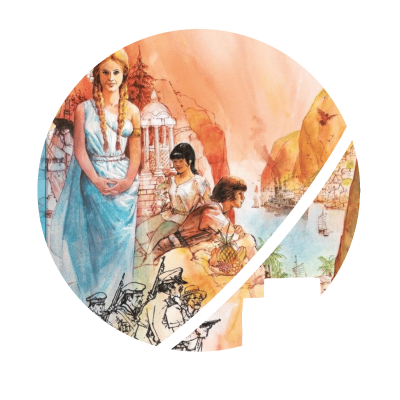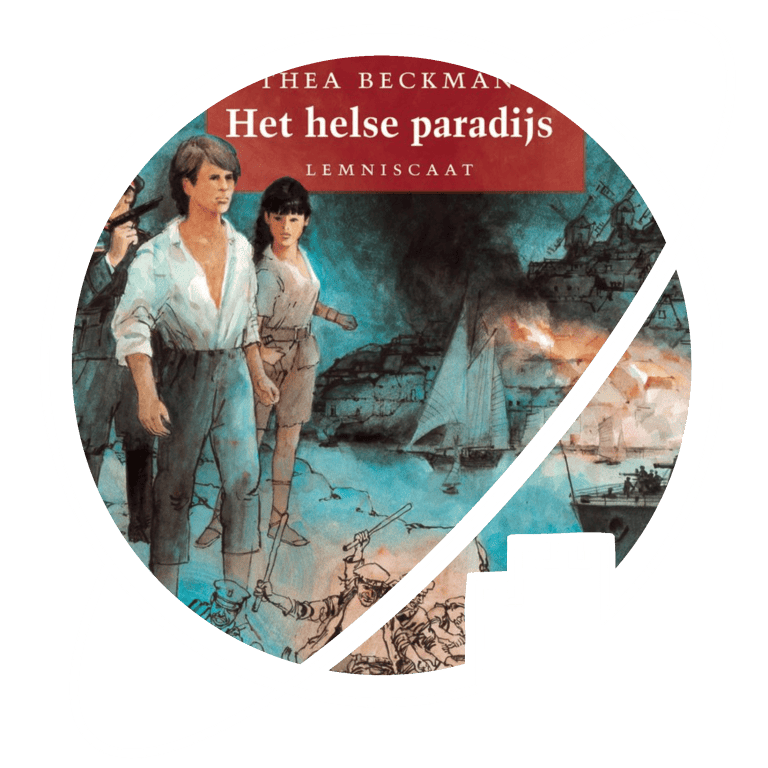

Tonke Dragt may have written my favourite Dutch children’s book of all time, but when I was younger, Thea Beckman was my favourite author. She is best known for her amazing children’s historical fiction, ranging in setting from the crusades all the way to the renaissance.
Fascinatingly, she also penned the Children of Mother Earth Trilogy of post-apocalyptic science fiction novels, which may actually be some of her best works. I am honestly distraught that they apparently haven’t been translated into English – I just assumed they would be available but apparently they’ve only been translated into German and Hungarian. So our apologies to English-speaking readers!
Children of Mother Earth is the first novel in the trilogy, and spends a lot of time describing the society of Thule. In doing so, Beckman paints a utopian picture of an alternative way to run a society, clearly intended for readers to start questioning the cultures that they themselves live in.
Though originally written in 1985, I feel the message in Children of Mother Earth is no less relevant and no less important nearly 40 years later. Even though Beckman’s apocalypse was cause by nuclear war instead of climate change, Children of Mother Earth is way ahead of its time in many ways – it feels like Beckman wrote a cli-fi novel and a solarpunk utopia, both avant la lettre.
One element in particular that was a relevant in 1985 as it is today is Beckman’s foray into the role of gender in society. In particular, Children of Mother Earth is great at challenging masculinity and femininity, and provides role models for both male and female characters with more masculine and more feminine traits.
Finally, Children of Mother Earth does a great job of describing the difficulties of intercultural communication. The reader is constantly identifying with both the protagonists and the antagonists, bouncing back and forth between them as they try to understand each other’s customs.
And alongside all of these great educational qualities, Children of Mother Earth is also just a great novel, with lovable characters, set in a heart-achingly beautiful country, with moments of great tension as well as interpersonal drama, constantly thought-provoking but never tedious. Even if you’ve never given these books a shot as a child, I found Children of Mother Earth highly enjoyable as an adult. And if you have children in their early teens…








